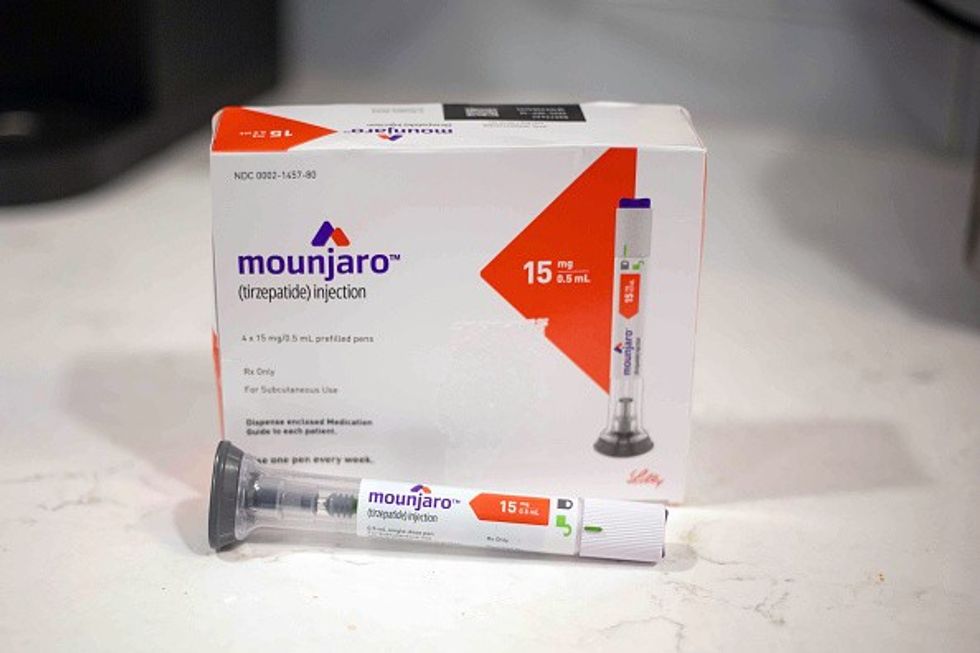Jay Badenhorst urges GPhC to enhance inspection protocols, underscores responsible pharmacists' role in ensuring the competency of pharmacy technicians
The Pharmacists' Defence Association (PDA) has warned that "the extended roles of pharmacy technicians (PTs) could increase the risk of patient safety incidents if the GPhC does not maintain proper oversight."
In an exclusive interview with Pharmacy Business, Jay Badenhorst, Director of Pharmacy, PDA has reiterated PDA's concerns over the decline in routine inspections, citing potential repercussions for PTs and patient safety.
Recently, legislative changes permitting pharmacy technicians (PTs) to administer medicines under PGDs have prompted the PDA to stress the critical importance of stringent protocols and regulatory oversight by the General Pharmaceutical Council (GPhC) to ensure patient safety.
"Routine regulatory inspections are crucial for maintaining high standards and patient safety.
"The reduction in inspections may lead to inconsistencies in compliance and compromises in training and competency assessments for PTs under PGDs," he cautions.
Outlining the association's guidelines for ensuring safe practices in pharmacies where PTs administer medicines under PGDs, he stated:
"We advise our members to assure themselves whether the service direction and specification of the particular service allow PTs to deliver it and that the particulars of the PGD underpinning the service enable PTs to use it."
He stressed that unlike the dispensing process, PGDs must be administered as a single episode of care by one person, typically a pharmacist, especially when involving clinical assessments.
RPs must decide if a PT can work under a PGD during their shift
Badenhorst highlighted the role of responsible pharmacists (RPs) in ensuring PTs are competent and adequately trained under PGDs.
"The RP must verify the PT’s skills and knowledge specified within the service direction before allowing them to operate under PGDs," he emphasised.
Since the RP has a duty to secure the safe and effective operations of that pharmacy whilst they are on duty, they "must make the final decision on whether a PT is allowed to work under that PGD during that shift."
The PDA believes that, under the current framework of Supervision, no prescribed medicines, including those within a PGD, should ever be handed out to the public without the pharmacist's clinical assessment.
Therefore, the PDA advises members that only the RP should do any PGDs with any element of diagnosis, differential diagnosis, or clinical assessment associated with it.
Badenhorst also shared that uncertainties surrounding the specific PGDs that PTs may administer in community pharmacies under NHS-funded services.
"The specific PGDs that PTs may be allowed to deliver in a community pharmacy have yet to be confirmed."
He emphasised the potential for introducing adaptations in commissioning processes to incorporate a risk stratification approach for determining "whether a PT may be suitable to deliver and use the PGD."
"Once the risk stratification process has been developed, in collaboration with the different stakeholders, the PDA would recommend that other PGDs commissioned as part of locally commissioned services and privately delivered PGDs undergo a similar process."
"This will be useful to determine whether only a pharmacist is more appropriate to provide the service or whether a pharmacy technician could be suitable due to the technical nature of the PGD."
Impact of regulatory inspections for PTS under PGDs
Moreover, the PDA has urged the GPhC to enhance its inspection protocols to oversee the expanding roles of PTs under PGDs effectively.
"Proper oversight is essential to mitigate risks associated with PTs assuming more responsibilities traditionally held by pharmacists," Badenhorst emphasised.
Badenhorst cautioned that a drop in inspections "might leave PTs and other staff without essential feedback, potentially impacting the quality of services provided under PGDs."
A reduction in inspections could lead to inconsistencies in compliance with regulatory standards, compromising the effectiveness of training programs and competency assessments.
This could potentially jeopardize patient safety under the new PGD regulations.
"The extended roles of PTs could increase the risk of patient safety incidents if the GPhC does not maintain proper oversight.
"This is a key example of why the PDA has challenged the current GPhC premises inspection approach and called for premises inspections to be effective," he added.









 A Royal College would be beneficial to both pharmacists and patients, said BennettPic credit: iStock
A Royal College would be beneficial to both pharmacists and patients, said BennettPic credit: iStock






 Daniella Fakhouri, director of pharmacy at LIPs
Daniella Fakhouri, director of pharmacy at LIPs Mounjaro (tirzepatide) injections (Getty Images)
Mounjaro (tirzepatide) injections (Getty Images)
